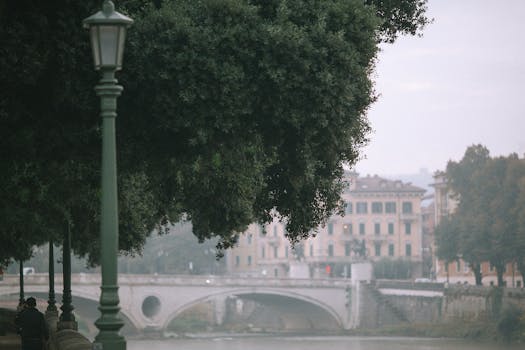
Urban Green Spaces: The Future of Outdoor Living in European Cities by 2025
Introduction to Urban Green Spaces
Urban green spaces are a vital component of European cities, providing numerous benefits for both the environment and citizens. These spaces, which include parks, gardens, and green roofs, help to mitigate the urban heat island effect, reduce air pollution, and provide habitats for urban wildlife. As we look to the future, it is clear that urban green spaces will play an increasingly important role in shaping the quality of life in European cities. In this article, we will explore the current state of urban green spaces in European cities and how they will evolve by 2025.
The Benefits of Urban Green Spaces
Urban green spaces offer a wide range of benefits, from improving air quality and reducing noise pollution to providing opportunities for recreation and social interaction. Some of the key benefits of urban green spaces include:
- Improved air quality: Urban green spaces help to remove pollutants from the air, improving the quality of life for citizens.
- Reduced urban heat island effect: Green spaces help to cool the air through evapotranspiration, reducing the urban heat island effect and improving comfort for citizens.
- Increased biodiversity: Urban green spaces provide habitats for urban wildlife, helping to preserve biodiversity and support ecosystem services.
- Opportunities for recreation and social interaction: Urban green spaces provide opportunities for citizens to engage in physical activity, socialize, and connect with nature.
The Future of Urban Green Spaces in European Cities
As we look to the future, it is clear that urban green spaces will play an increasingly important role in shaping the quality of life in European cities. Some of the key trends that will shape the future of urban green spaces include:
- Increased focus on sustainability: European cities will prioritize sustainability in the design and management of urban green spaces, incorporating green infrastructure and innovative technologies to reduce environmental impact.
- Integration with urban planning: Urban green spaces will be integrated into urban planning, with cities prioritizing the creation of green corridors and networks to connect citizens with nature.
- Community engagement: Cities will prioritize community engagement and participation in the design and management of urban green spaces, ensuring that these spaces meet the needs of citizens and foster a sense of community.
Case Studies: Urban Green Spaces in European Cities
Several European cities are already leading the way in the development of urban green spaces. Some examples include:
- Stockholm, Sweden: Stockholm has implemented a range of initiatives to increase the amount of green space in the city, including the creation of green roofs and walls.
- Copenhagen, Denmark: Copenhagen has prioritized the creation of green corridors and networks, connecting citizens with nature and promoting sustainable transportation.
- Barcelona, Spain: Barcelona has implemented a range of initiatives to increase the amount of green space in the city, including the creation of green roofs and walls, and the development of urban gardens.
Conclusion
Urban green spaces are a vital component of European cities, providing numerous benefits for both the environment and citizens. As we look to the future, it is clear that these spaces will play an increasingly important role in shaping the quality of life in European cities. By prioritizing sustainability, integrating urban green spaces into urban planning, and engaging with local communities, cities can create vibrant, livable spaces that promote the health and well-being of citizens.






